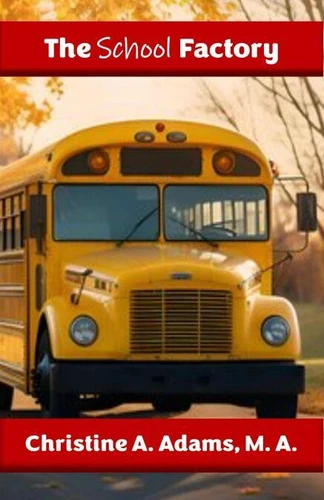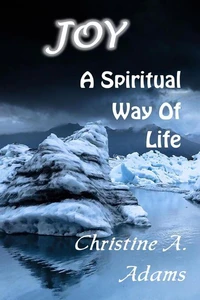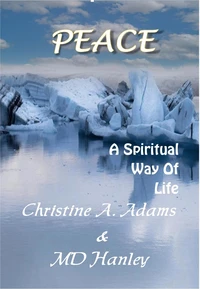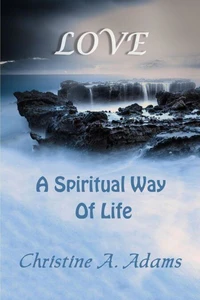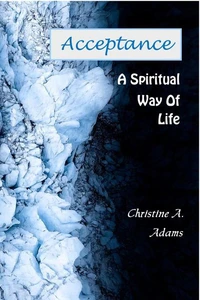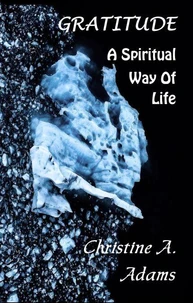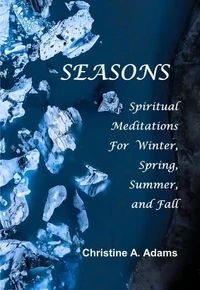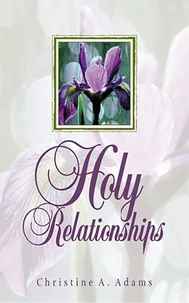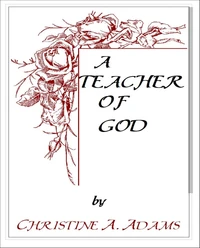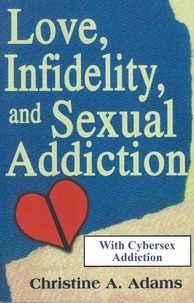The School Factory
Par :Formats :
Disponible dans votre compte client Decitre ou Furet du Nord dès validation de votre commande. Le format ePub protégé est :
- Compatible avec une lecture sur My Vivlio (smartphone, tablette, ordinateur)
- Compatible avec une lecture sur liseuses Vivlio
- Pour les liseuses autres que Vivlio, vous devez utiliser le logiciel Adobe Digital Edition. Non compatible avec la lecture sur les liseuses Kindle, Remarkable et Sony
- Non compatible avec un achat hors France métropolitaine
 , qui est-ce ?
, qui est-ce ?Notre partenaire de plateforme de lecture numérique où vous retrouverez l'ensemble de vos ebooks gratuitement
Pour en savoir plus sur nos ebooks, consultez notre aide en ligne ici
- FormatePub
- ISBN8231039647
- EAN9798231039647
- Date de parution30/06/2025
- Protection num.Adobe DRM
- Infos supplémentairesepub
- ÉditeurWalzone Press
Résumé
Written in the style of Mitch Albom's, The Five People You Meet in Heaven, The School Factory by Christine Adams switches time from present day, to the past and into the future. The commanding day is June 10th. The primary storyteller, Jenny Anderson, a loved senior English teacher. As the story opens, "Mrs. A." is in a head-on collision on her way to the graduation. In her unconscious state, she traces the year flashing back to events involving a dozen students.
Their issues include illiteracy, early pregnancy, learning disabilities, crime, homosexuality, sexual perversion, racial bias, alcoholism and drug addiction. The conflict - their "real" human issues versus the "inhumane" school institution. By symbolically making all kids "products" tracked on different conveyor belts - in the factory, the author rips open the heart and soul of Heritage High. Throughout the novel, the conflict between the human needs of the teens and the rules of the factory builds.
Some kids drop off the conveyor belt; one, Jim Bartlett, chooses suicide as his way out. In the last thread of the novel, the dying teacher meets Jim Bartlett. With Jim, now as her teacher, she experiences a true "TIMELESSNESS". She sees her students in their future lives. By expanding time, the author is able to help the teacher and the reader make sense of the incongruity and emptiness of a typical year in the school factory.
Their issues include illiteracy, early pregnancy, learning disabilities, crime, homosexuality, sexual perversion, racial bias, alcoholism and drug addiction. The conflict - their "real" human issues versus the "inhumane" school institution. By symbolically making all kids "products" tracked on different conveyor belts - in the factory, the author rips open the heart and soul of Heritage High. Throughout the novel, the conflict between the human needs of the teens and the rules of the factory builds.
Some kids drop off the conveyor belt; one, Jim Bartlett, chooses suicide as his way out. In the last thread of the novel, the dying teacher meets Jim Bartlett. With Jim, now as her teacher, she experiences a true "TIMELESSNESS". She sees her students in their future lives. By expanding time, the author is able to help the teacher and the reader make sense of the incongruity and emptiness of a typical year in the school factory.
Written in the style of Mitch Albom's, The Five People You Meet in Heaven, The School Factory by Christine Adams switches time from present day, to the past and into the future. The commanding day is June 10th. The primary storyteller, Jenny Anderson, a loved senior English teacher. As the story opens, "Mrs. A." is in a head-on collision on her way to the graduation. In her unconscious state, she traces the year flashing back to events involving a dozen students.
Their issues include illiteracy, early pregnancy, learning disabilities, crime, homosexuality, sexual perversion, racial bias, alcoholism and drug addiction. The conflict - their "real" human issues versus the "inhumane" school institution. By symbolically making all kids "products" tracked on different conveyor belts - in the factory, the author rips open the heart and soul of Heritage High. Throughout the novel, the conflict between the human needs of the teens and the rules of the factory builds.
Some kids drop off the conveyor belt; one, Jim Bartlett, chooses suicide as his way out. In the last thread of the novel, the dying teacher meets Jim Bartlett. With Jim, now as her teacher, she experiences a true "TIMELESSNESS". She sees her students in their future lives. By expanding time, the author is able to help the teacher and the reader make sense of the incongruity and emptiness of a typical year in the school factory.
Their issues include illiteracy, early pregnancy, learning disabilities, crime, homosexuality, sexual perversion, racial bias, alcoholism and drug addiction. The conflict - their "real" human issues versus the "inhumane" school institution. By symbolically making all kids "products" tracked on different conveyor belts - in the factory, the author rips open the heart and soul of Heritage High. Throughout the novel, the conflict between the human needs of the teens and the rules of the factory builds.
Some kids drop off the conveyor belt; one, Jim Bartlett, chooses suicide as his way out. In the last thread of the novel, the dying teacher meets Jim Bartlett. With Jim, now as her teacher, she experiences a true "TIMELESSNESS". She sees her students in their future lives. By expanding time, the author is able to help the teacher and the reader make sense of the incongruity and emptiness of a typical year in the school factory.

